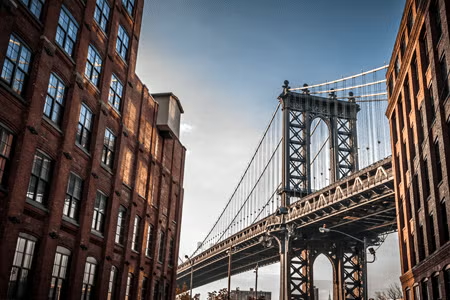
A variety of industrial coatings made with aliphatic diisocyanates (ADIs) protect many structures we rely on every day, such as bridges, metal buildings, offshore oil and gas installations and pipelines. The next time you cross a metal-reinforced bridge, there is a good possibility that the coatings used on it were made with ADI chemistry. Many types of industrial polyurethane (PU)-based coatings include ADIs in their formulations due to the excellent outdoor durability they provide.
Also, a small but fast-growing market is the use of PU coatings for interiors of wind turbine towers and as the final coating on turbine blades.1 The coatings are durable to protect wind turbines from ultraviolet (UV) rays and extremely smooth to minimize dirt build-up and to repel rain.